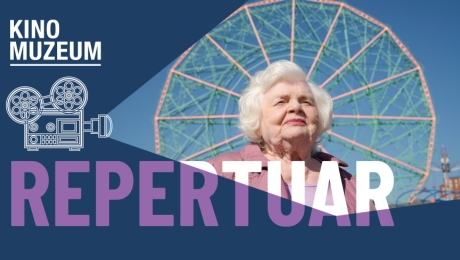The Museum's location
The Museum of the Second World War is built on a lot at Władysław Bartoszewski Square near the centre of the city.
It is located in a symbolic architectural space, which is also a space of memory, 200 metres from the historic Polish Post Office in Gdańsk and 3 kilometres across the water from Westerplatte Peninsula, both of which were attacked in September 1939.
The 17,000-square-metre lot set aside for the museum touches the Radunia Canal to the west, while its south side opens onto a wide panorama of the Motława River. Today, these are the outskirts of Old Gdańsk but, soon, it will be the core of the modern section of the city that will replace its shipyard.
The borders of the Museum's plot are outlined by:
- to the west, the former Piekary Street (Grosse Bäcker Gasse);
- to the north, a stretch of Wałowa Street (Wall Gasse);
- to the east, Stara Stocznia Street (Brabank);
- to the south, the left bank of the Radunia Canal's outlet into the Motława River, along the former Wiadrownia Street (Eimermacherhof).
The land was included in the defensive area of the castle erected by the Teutonic Knights to replace the old ducal fortress; it was transformed into the approaches to the stronghold and separated from it by moats. Beginning in the mid-15th century, only a modest house belonging to a section of the coopers’ guild, the bushel makers (Eimermacher). On the other side of the moat lay the so-called Brabancja (Brabank). In the middle of the 17th century the area was significantly transformed. The new channel was dug for the final segment of the Radunia Canal, which from now on would flow into the Motława instead of the Vistula. As a result, Wiadrownia was reduced to a small, triangular island, whose shape influenced its urban development.
Regular buildings likely appeared on this land beginning in the 18th century. Buhse’s Plan of 1866-69 is the only source that shows the detailed borders of the plots. A light air-raid shelter was erected there between 1942 and 1944. Only Stara Stocznia survives from this street layout. When a bus depot and green spaces were created, the remaining streets were wiped out.











